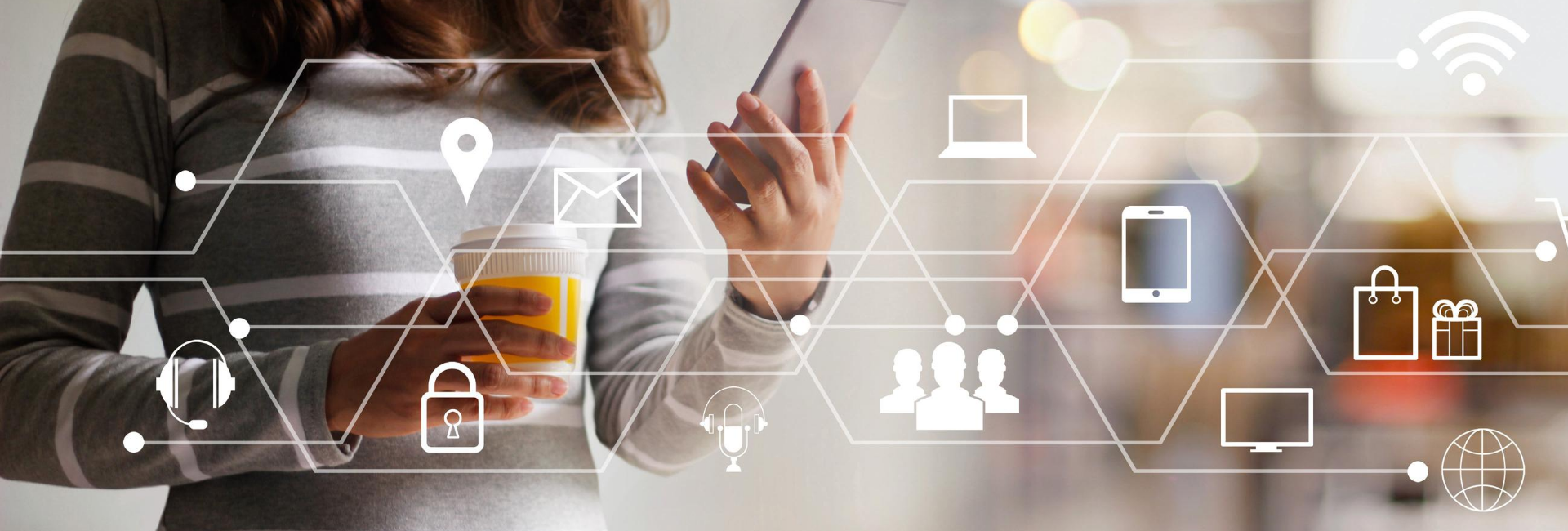
Omni-channel challenges
Why is this essential capability so hard to deploy?
Customer expectations have never been higher. To meet these expectations fast shipping, resourceful customer service representatives, and extensive return policies are a must to stay relevant. But, while omni-channel retail capabilities are touted as the goal for a truly customer-centric shopping experience. So many people sing the praises of omni-channel, yet few companies do it well. Why? It starts with their systems footprint.
Complexity in the systems footprint
Satisfying customer expectations
Standalone OMS as a solution?
One solution for true omni-channel retail
Frequently asked questions
Complexity in the systems footprint
Most companies have separate eCommerce, POS, and call center systems. The integration required to sync the required information across these systems is an immense amount of work. For many legacy systems, this is quite a tall order. These kinds of “ship from anywhere” policies require both a ton of integration work and an understanding of the sophisticated routing rules for a fully integrated supply chain. Solving these technology challenges usually requires outside help, in which case you need a partner who understands the complex supply chain challenges inherent within retail.
Satisfying customer expectations
Say you’re a company with retail stores, eCommerce, and call centers. In today’s retail landscape, your customers expect you can do the following:
- Buy online, pick up in store: Customer A places an order online but wants to pick up the product in a retail store. In order to do this, your eCommerce system needs visibility into your retail store’s inventory, plus the ability to send a pickup order to the POS system.
- Buy in store and have the item shipped to their house: Customer B found an item they liked in the store, but wanted it shipped to their home. For this, your store’s POS needs visibility into the eCommerce system’s inventory, and the ability to send an order to your eCommerce system to fulfill the order. Or, the POS may need visibility into other retail stores’ inventory to fulfill the order from one of those instead.
- Call a call center and process a return or exchange for an item purchased through another channel: For this, a customer service rep needs visibility into all the inventory channels and the ability to place an order and process a return from any of them.
… repeat for other shopping scenarios, and you can see the amount of work required to integrate all these systems is staggering.
Standalone OMS as a solution?
Some companies have embraced Order Management Systems (OMS) as a layer to smooth these omni-channel challenges. But the efficacy of OMS is questionable. As an integration-heavy product, it’s still a lot of work to get up and running. At best, it can solve your order and fulfillment challenges in the short term. But many retailers have found they spent years installing an OMS, only to realize very little value and a lot of headaches maintaining yet another system.
One solution for true omni-channel retail
The solution for achieving true omni-channel commerce, that is both long-term and cost-effective, is a single platform that keeps track of all your orders and inventory across your entire supply chain. ERP systems like Dynamics 365 operate seamlessly across your entire business, including your retail stores, call centers, and website.
Frequently asked questions
Omni-channel operations require integrations between all your sales channels. The work required for these integrations is expensive and time-consuming.
OMS is expensive, and you still have to do the same integration work to connect all your sales channels. You may find you’ve spent a tremendous amount of money and time on a system that only returns a fraction of your investment.
Dynamics 365 combines supply chain, finance, and retail on a single platform. Say goodbye to patching together integrations between disparate systems, and hello to seamless operations on a single platform, backed by the security of the Microsoft Azure cloud.



